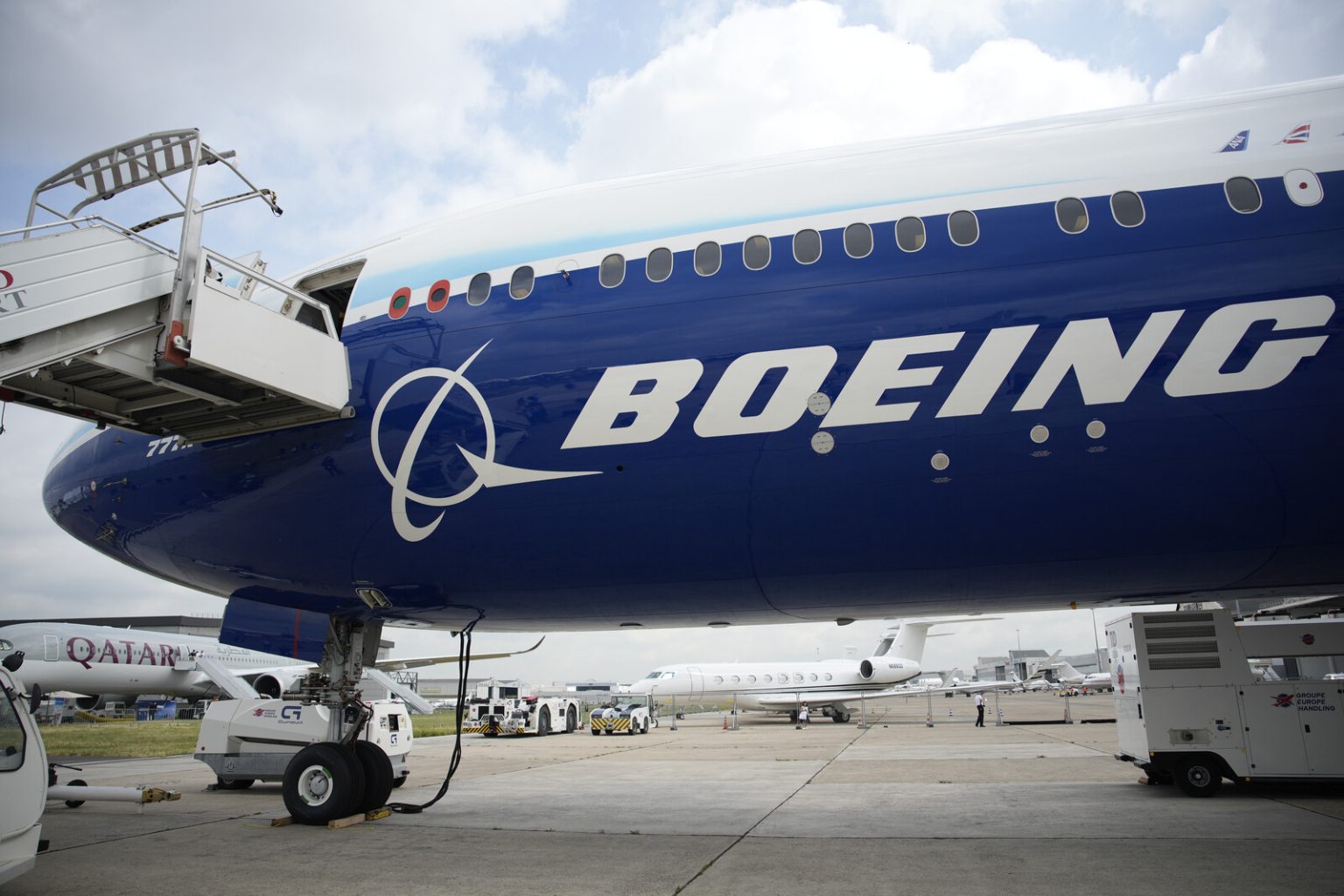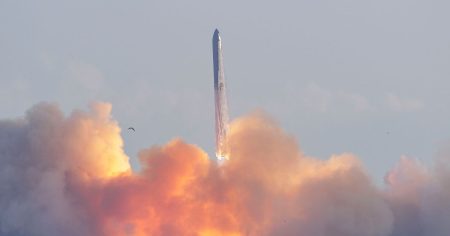Boeing’s turbulent year has been marred by a series of setbacks, casting a long shadow over the company’s reputation and financial stability. While the recent crash of a Boeing 737-800 in South Korea appears unrelated to any inherent flaws in the aircraft itself, the incident further fuels public apprehension and exacerbates the already damaged image of the aircraft manufacturer. This perception, amplified by social media, adds another layer of difficulty to Boeing’s ongoing struggle to regain public trust and market share.
The company’s woes extend far beyond the recent South Korean crash. Boeing is grappling with a deep-seated crisis stemming from the earlier grounding of its 737 Max aircraft following two fatal crashes in 2018 and 2019. These tragedies exposed serious flaws in the aircraft’s design and, more damagingly, revealed attempts by Boeing to mislead regulatory authorities about the problematic flight control system. The resulting investigations, lawsuits, and reputational damage have inflicted significant financial and operational burdens on the company, from which it is still struggling to recover. The ongoing legal battles and the lingering distrust surrounding the 737 Max continue to haunt Boeing, hampering its efforts to move forward.
Compounding these challenges, Boeing faces internal pressures to simultaneously cut costs and increase production. This delicate balancing act creates an environment conducive to errors and compromises, potentially jeopardizing safety and further eroding public confidence. The pressure to deliver aircraft on time, coupled with the imperative to avoid repeating past mistakes, creates a tense and demanding atmosphere within the company. The recent incident involving an Alaska Airlines 737 Max, which required an emergency landing due to a loose door plug, underscores the ongoing challenges Boeing faces in maintaining quality control and ensuring the safety of its aircraft.
The financial ramifications of these setbacks are stark. Boeing’s stock value has plummeted by approximately 30% over the past year, reflecting investor concerns about the company’s future. The third-quarter interim report revealed a staggering loss of $6.2 billion, a stark indicator of the depth of the financial crisis. Adding to the financial strain, a strike by 33,000 Boeing employees in the US further disrupted operations and added to the company’s mounting costs. This confluence of negative events paints a grim picture of Boeing’s current financial state and underscores the urgency of its need for a successful turnaround.
The ripple effects of Boeing’s struggles extend beyond the company itself, impacting the broader aviation industry and creating opportunities for competitors. Airbus, Boeing’s main rival, has capitalized on Boeing’s woes, gaining market share and establishing a stronger position in the industry. Furthermore, the emergence of new players, particularly from China, poses a long-term threat to Boeing’s dominance. China’s growing aerospace industry, fueled by political ambition and technological advancements, is poised to become a formidable competitor in the global aircraft market. This emerging competition further complicates Boeing’s path to recovery and necessitates a strategic response to maintain its position in the face of these evolving market dynamics.
The global shortage of aircraft, exacerbated by Boeing’s production challenges, has created a seller’s market. Airlines are facing delays in receiving ordered aircraft, driving up prices and forcing them to explore alternative suppliers. This scarcity creates an opening for Chinese manufacturers to gain a foothold in the market, particularly with countries that do not have political conflicts with China. Boeing’s inability to meet demand creates an opportunity for competitors to step in and establish long-term relationships with airlines, potentially reshaping the landscape of the aviation industry and further marginalizing Boeing’s position in the global market. This combination of internal struggles and external pressures presents a significant challenge for Boeing, requiring a comprehensive and effective strategy to navigate these turbulent times and reclaim its position as a leader in the aviation industry.














